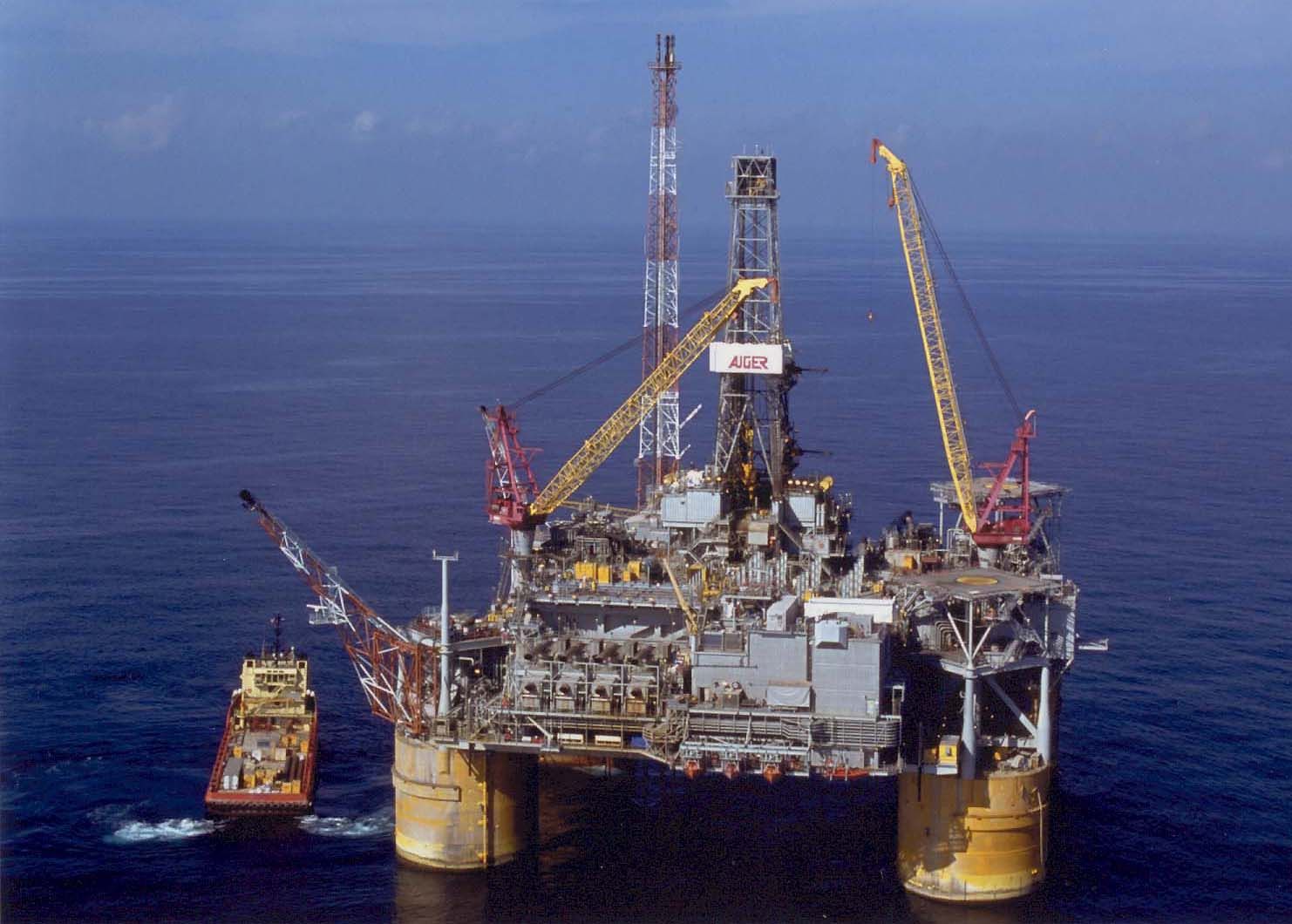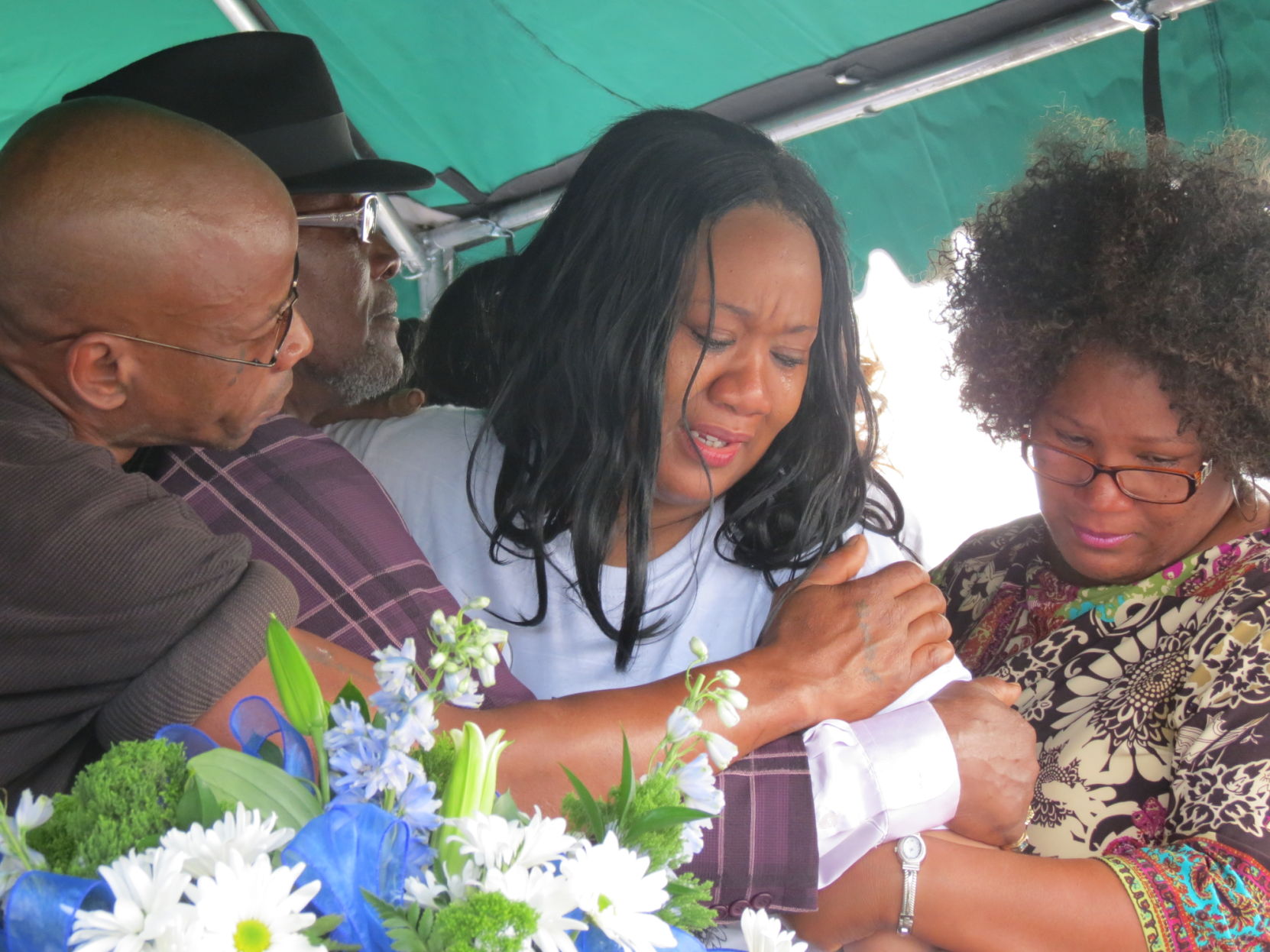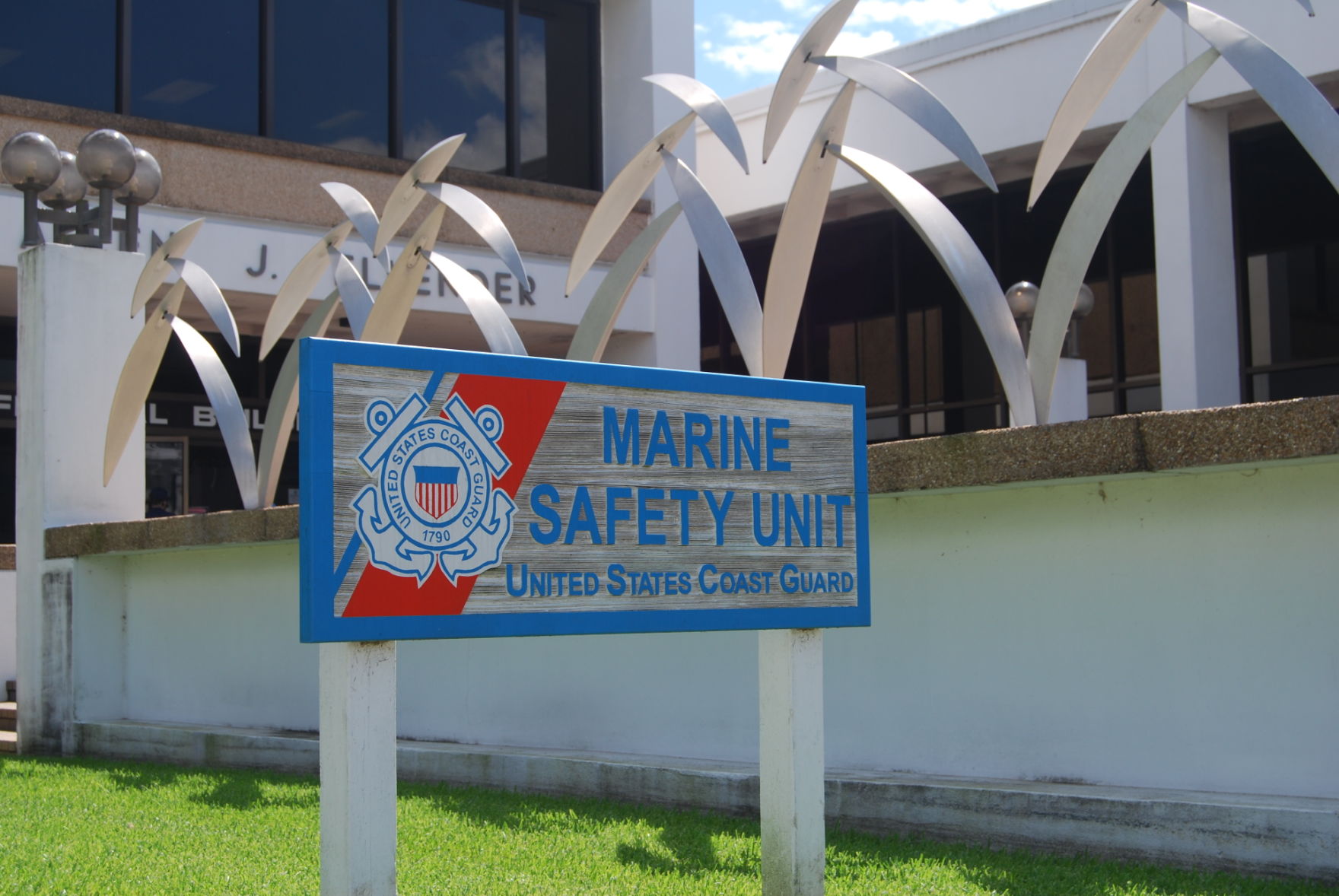
Shell Cardamom deepwater rig a significant presence in Gulf
September 25, 2014
‘Devil’s works,’ angel’s words
September 30, 2014The vast majority of southeast Louisiana’s industrial workers and boaters bring forth the utmost safety care when it comes to keeping Louisiana beautiful.
But even so, accidents do still happen.
And that’s where the Coast Guard Marine Science Technician incident response team comes in.
Whether it’s a spill large or small, as long as any oil product creates a sheen on the water, the responsible party is required to report the accidental dump to the National Response Center.
From there, our local Coast Guard Response Department located in Houma, begins investigating and responding.
“Based on what we find out on the initial phone investigation we’ll decide whether or not we need to go out and take a look at it,” said Chief Marine Science Technician Brent Ferrell.
He said if it’s a very minor spill, the team may not respond. If it’s a large spill or one that could impact a sensitive area such as a nesting area, the team will definitely respond.
The seven-member team conducted 113 pollution investigations in the past six months, according to Ferrell.
In addition to the response team, there are three members of a different Coast Guard department in Houma that handles vessel inspections and exams. They have handled about 400 vessels in the past two years, according to Ferrell.
All 10 are Marine Science Technicians, a title that they earned through rigorous and prestigious Coast Guard training, and one they were afforded the opportunity to choose to pursue, unlike some other military organizations.
“Prior to going to boot camp everybody has to take the Armed Services Vocational Aptitude Battery test. It’s an aptitude test for military members. They have to score in a certain range to become Marine Science Technicians,” Ferrell said.
It’s a choice that Ferrell takes to heart and is thankful for.
“This is where the rest of the country gets its oil and gas from. A lot of people don’t realize the amount of industry that’s down here in south Louisiana. It’s a real joy to come down here and work with the industry and work with Coasties that make industry safer and more environmentally friendly. Not to say that they’re not, but that’s what we strive for,” he said.
After choosing to pursue a career as a Marine Science Technician, Ferrell said the wait is about a year and a half before prospective students can begin classes. Prospective students do grunt labor on a boat before attending formalized training, also known as A-School, according to Ferrell.
“It’s a two and a half month school where our petty officers learn the book knowledge that they need to know about pollution response, what the area contingency plans are, what the national contingency plans, how to investigate and prosecute a pollution incident. How to do facility inspections on water pump facilities and a little bit of how to do vessel inspections on foreign vessels. So it’s a pretty intense course,” Ferrell said.
At A-School, students make a list of 20 places they’d like to go depends on class size.
“We’ll rank order where we want to go. It’ll be different locations and different jobs,” Ferrell explained. “Some of it will be pollution response. Some of it will be facility inspection. Some of them will be foreign vessel examination jobs so MST can do a wide variety of different jobs but our bread and butter for the Marine Science Technician rating is pollution response and incident management.”
Upon A-school graduation, students spend at least three months doing hands-on training consisting of actual pollution responses before being assigned to their respective team.
For more information, visit www.uscg.mil.








